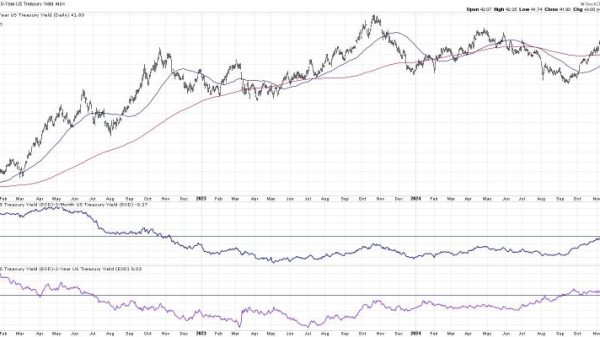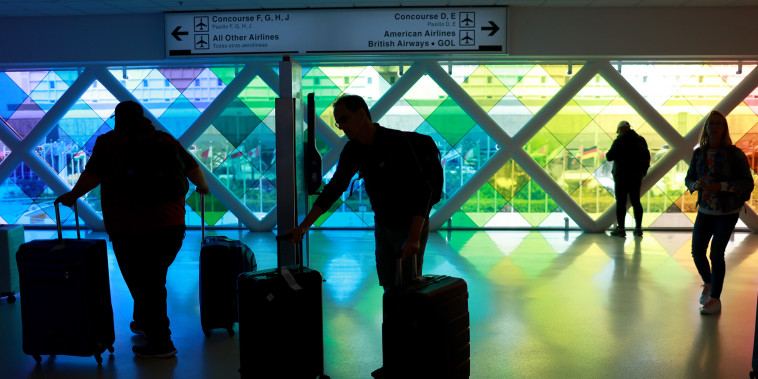The current surge in air travel demand worldwide Citing various reasons like eased travel restrictions and increased vaccination rates Despite this growth in passenger numbers, airlines are still facing financial challenges.
The aviation industry is witnessing an unprecedented rise in air travel demand as countries around the world gradually reopen their borders, following months of stringent lockdown measures due to the COVID-19 pandemic. However, while passenger numbers are soaring, airlines are finding it difficult to translate this surge into profits.
The resurgence in air travel can be attributed to a combination of factors, including the relaxation of travel restrictions, the rollout of vaccination programs, and pent-up demand from travelers eager to resume their journeys. According to industry analysts, airlines have experienced a significant increase in bookings, with some carriers reporting record-breaking passenger numbers.
Despite the positive trend in air travel demand, airlines are facing challenges that are impacting their profitability. One key factor is the rising operational costs associated with increased flight schedules, staffing, and fuel prices. Additionally, many airlines are still grappling with the financial repercussions of the pandemic, including accumulated debt, reduced revenue streams, and the need to rebuild consumer confidence.
Another factor affecting airline profits is the uneven recovery in international travel. While some regions are experiencing a strong rebound in passenger numbers, others continue to struggle with travel restrictions and quarantine mandates. This disparity has led to a fragmented market recovery, with airlines in different regions facing varying levels of demand and revenue.
Furthermore, the ongoing uncertainty surrounding the evolution of the pandemic remains a significant challenge for airlines. The emergence of new variants of the virus and the possibility of additional waves of infections continue to cast a shadow over the industry’s recovery efforts. This uncertainty makes it challenging for airlines to plan ahead and make long-term strategic decisions.
To mitigate these financial challenges, airlines are exploring various strategies to enhance their revenue streams and reduce costs. Some carriers are adjusting their flight schedules to focus on high-demand routes, implementing dynamic pricing strategies, and offering promotions to attract passengers. Additionally, airlines are working to optimize their fleet utilization, negotiate favorable contracts with suppliers, and streamline their operations to improve efficiency.
In conclusion, while the surge in air travel demand is a positive sign for the aviation industry’s recovery, airlines are still grappling with financial challenges that are impacting their profitability. To navigate these turbulent times, airlines must remain agile, innovative, and customer-focused to adapt to the changing landscape of travel and emerge stronger in the post-pandemic era.


























